The Late Iron Age of Southern Africa: Shona Origins - Mapungubwe
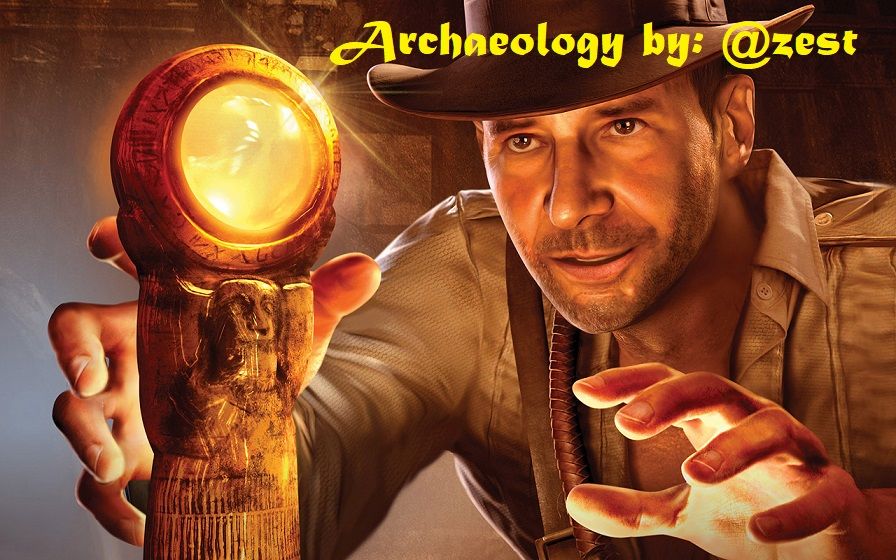
Dear Reader
In this following series of posts we are covering the Late Iron Age of Southern Africa, I highly encourage you to please read the Introduction post to this series to bring you update to date with the information and terminology we have covered so far.
The Late Iron Age of Southern Africa: Shona Origins - Mapungubwe
Shona Origins: Mapungubwe
Mapungubwe, "the hill of the jackal", lies about 2.5 kilometers south-east of the confluence of the Limpopo and Shashe Rivers. The hill is about 300 meters long has a maximum width of 78 meters, and rises about thirty meters above the general level of the surrounding valley. It is orientated in approximately a west-north-west to east-south-east direction. The hill is composed of Bushveld sandstone, but at its flat top is found a substantial soil deposit containing a large quantity of archaeological finds. The second site, the Southern Terrace, stretches along the southern base of Mapungubwe Hill and has a deep deposit of habitation residue.
In the early 1930s a local farmer and prospector, ESJ van Graan, accompanied by his son and three other adventurers, succeeded in persuading the son of one Mowena to point out to them the hill, Mapungubwe, about which many rumours had been spread. On top of the hill they discovered gold beads, bangles, pieces of a rhinoceros made out of thin sheets of gold as well as a skeleton in association with glass and gold beads, iron bangles, a clay bowl and a bowl covered with gold plate. Van Graan's son, a student at the University of Pretoria, reported the discovery to professor Leo Fouche of the Department of History. This led to the start of scientific investigations of Greefswald.
Mapungubwe, the most important of Greefswald sites, is probably the best known Iron Age site of the Limpopo River. This is mainly due to the much publicised gold objects that were discovered at the site. In addition, recent research has shown that the social transformations which occurred at Mapungubwe formed the basis of subsequent developments at Great Zimbabwe. The archaeological evidence suggests that Mapungubwe was the center of a large state and the precursor of Great Zimbabwe.
According to Eloff and Meyer a new group of people settled, the Mapungubwe people and they were the markers of the Mapungubwe series of pots, which is characterised by finer pots that have often been burnished and blackened with soot. Typical pot forms include bellied pots with neat, well-defined necks and shallow, shouldered or unshouldered bowls. Other types are small and large globular pots, some of which are decorated with triangles around the neck. This pottery style closely resembles that of the later (Woolandale) phase of the Leopard's Kopje Tradition. It should be noted here that Huffman does not link the appearance of a new pottery style at Mapungubwe with the arrival of an immigrant group, but attributes it to an internal transformation of the K2 series.
The reason why K2 was abandoned remains unclear; since there is no evidence that the site was also destroyed by fire at this point in time. The occupation of Mapungubwe, which lasted from AD 1220 to AD 1290, is marked by the appearance of Gold, the building of stone terraces, as well as stone platforms on which some form of granary could be placed. The Mapungubwe people developed a flourishing economy and it is suggested that their influence spread as far as Great Zimbabwe. According to Huffman the latter "may have been a second order settlement in the Mapungubwe state at this time". Other sites which probably fell under the jurisdiction of Mapungubwe during its heyday include Mapela, Little Muck and Mmamgwa. Since the pottery style of Mapungubwe was continued and refined at Great Zimbabwe, and the latter site can be linked with the historically known Shona, it has been suggested that the Iron Age inhabitants of Greefswald were early or proto-Shona speakers.
There is a strong possibility that the expansion of the Toutswe Complex (which had large herds of cattle) in eastern Botswana coincided with the rise of Mapungubwe, and that the surplus cattle of Toutswe were traded to the Mapungubwe state. Further proof of Mapungubwe's economic importance is provided by the evidence of craft specialisation at the site (eg the manufacture of large quantities of bone tools for export). The presence of spindle whorls constitutes the earliest evidence of an indigenous cotton-weaving industry south of the Limpopo and attests to yet another form of craft specialisation.
Iron objects found at Mapungubwe include wire, beads, picks, arrowheads, spearheads, adzes and sweat scrapers. Copper wire, rods, armbands and beads were discovered, as well as iron and copper slag. Gold beads and bangles were found on Mapungubwe Hill only. Remains of domesticated plants such as sorghum (Sorgum bicolo), cowpeas (Vigna unguiculata) and possibly millet (Pennisetum typhoides) have been identified, indicating that agriculture was practised. Recent climatic research suggests that the Greefswald sites were settled during a wet phase in which the rainfall was appreciably higher than that of the succeeding "Little Ice Age", which commenced at (+-) AD 1300. Mortar holes in which grain was probably ground are found in rocks on all three sites; 9 on K2, 53 on the Southern Terrace and 420 on Mapungubwe Hill.
According to Oddy the gold objects from Mapungubwe can be divided into three categories, namely gold foil, wire bracelets and beads. The foil was used to cover wooden carvings of animals, a sceptre and a bowl. The most famous gold foil piece is a rhinocerous; the torso and legs of the animal were amde of one sheet of foil, whilst the head and horns were manufactured from separate sheets. Another striking find is the head of an animal, probably a crocodile. Gold nails or pins were used to attach the sheets of gold to the wooden carvings. Sheet of gold were also cut into strips and wound into helices to form bangles. A substantial number of gold beads, which had been cast locally (and probably individually), were also discovered. Gold and copper objects as well as small gold beads were found in association with graves.
Small glass beads were found in large quantities on all three Greefswald sites. Small transparent to translucent blue-green beads are the most common at K2, and mainly blue-green, green, yellow, amber and black oblates are found on Mapungubwe Hill. The beads were obtained through trade and were probably manufactured in the Arabian world. A study by Sharma Saitowitz concluded that:
[A] particular type of glass used to make type site beads in Fustat (now old Cairo), in Eygpt, is the same as that used to make some of the beads found at southern African sites in the Limpopo valley and in the eastern Transvaal [Mpumalanga]. They document the existence of a trade link with the Mediterranean via the Red Sea 1000 years ago.
Mention should also be made of the garden roller beads which were manufactured locally by grinding and fusing imported beads. The reworked beads were cast in clay moulds. Garden roller beads were found mainly on K2. Two fragments of imported ceramics were found on Mapungubwe Hill in 1934 and another sherd on the Southern Terrace in 1991. They have all been identified as celadon ware manufactured in China during the Song Dynasty, which lasted from AD 960 to AD 1279.
According to Huffman important transformations accompanied the movement of the capital from K2 to Mapungubwe. First of all, the ruling elite settled on top of Mapungubwe Hill, thereby signifying a class distinction between rulers and their subjects and confirming "an association between the majesty of hills and the majesty of kingship". The significance of this spatial rearrangement is expressed by Huffman as follows:
This move uphill is the first time in the prehistory of southern Africa that leaders were so physically separated from their followers, and it is another indication of a developing bureaucratic class.
The second transformation concerns a spatial shift or rearrangement on top of Mapungubwe Hill according to which the western side was reserved for royal wives and their servants, whilst the eastern side became the domain of the king and his entourage. Finally, the rainmaking center was located behind the king's quarters, thus dividing the hilltop settlement into secular western and a sacred eastern section.
These transformations were incorporated into the new state which subsequently evolved around Great Zimbabwe and the first capital of the Zimbabwe culture. The area under the jurisdiction of Mapungubwe has been compared to that of the Zulu kingdom in the 19th century and apparently included at least five administrative levels. According to Hall, Mapungubwe manifested all the characteristics of a state: its economy was based on a tributary system or mode of production and its settlement pattern testified to the existence of a ruling class. In short, although the precise extent of Mapungubwe state and the hierarchical position of its subordinate settlements are not fully known, there is no doubt that Mapungubwe had developed into a major political and economic center. The following reasons have been suggested to account for the rise of the K2 - Mapungubwe complex:
- Ecological: the view that the state developed as a result of high economic productivity, based on cattle-wealth in a prime cattle-farming area.
- Trade: the argument that Limpopo Basin was the first area of the South African interior to be intergrated into the Indian Ocean trade network. The main export items of the Mapungubwe state were ivory and gold.
- Military domination: Control over and access to status goods such as glass beads and cotton cloth became essential and some kind of tribute had to be levied to secure the economic wealth of rulers. The rulers of Mapungubwe must have had some military force at their disposal to coerce their tributaries and to protect their trade links.
The Southern Terrace and Mapungubwe Hill were eventually abandoned in approximately AD 1290. Mapungubwe phase sites could still be found elsewhere in the region south of the Limpopo until the 15th century AD, although there was apparently a decline in population numbers. The reasons for the decline of state are twofold:
- Ecological: overgrazing by large cattle herds, combined with periodic droughts, could have led to a deterioration of the mopane veld. Voigt also mentions the possibility that the outbreak of a disease such as anthrax could have resulted in the abandonment or depopulation of the area. The ecological and economic collapse of the Toutswe cattle farming complex on the eastern margin of the Kalahari in present-day Botswana is yet another possible cause of the decline of the Mapungubwe state. This collapse could have seriously restricted the ability of the Mapungubwe ruling elite to obtain the necessary means (cattle) to consolidate their dominant position and to secure status goods such as glass beads and cloth.
- Trade: a change in the focus of long-distance trade links and the concomitant rise of Great Zimbabwe could have accelerated the decline of Mapungubwe. According to Hall the demand for gold in Muslim world in the 12th and 13th centuries AD was high, and although Mapungubwe had access to gold, this came mainly from tributary communities in the north. In the course of time these northern communities wrested control over the trade network from Mapungubwe and the focus of wealth and power shifted to Great Zimbabwe coincided with the decline of Mapungubwe.
Images are linked to their sources in their description and references are stated below.
Authors and Text Titles
Eloff & Meyer: 1981 - The Greefswald sites: Guide to archaeological sites in the Northern and Eastern Transvaal
Meyer: 1998 - The archaeological sites of Greefswald
Inskeep: 1978 - The peopling of southern Africa
Vogel: 1998 - Radiocarbon dating of Iron Age sites on Greefswald
Huffman: 1982 - Archaeology and ethnography of the African Iron Age
Sharma Saitowitz: 1998 - The archaeological Sites of Greefswald
Voigt E A: 1983 - Mapungubwe
Oddy A: 1984 - Gold in the southern Africa Iron Age
Thank you for reading
Thank you @foundation for this amazing SteemSTEM gif

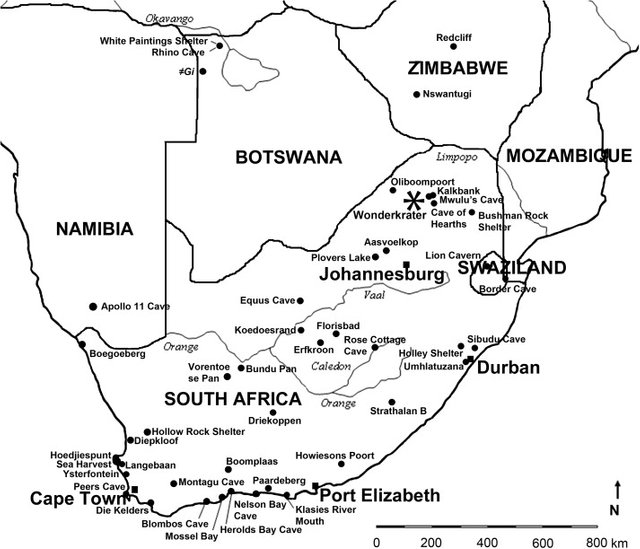
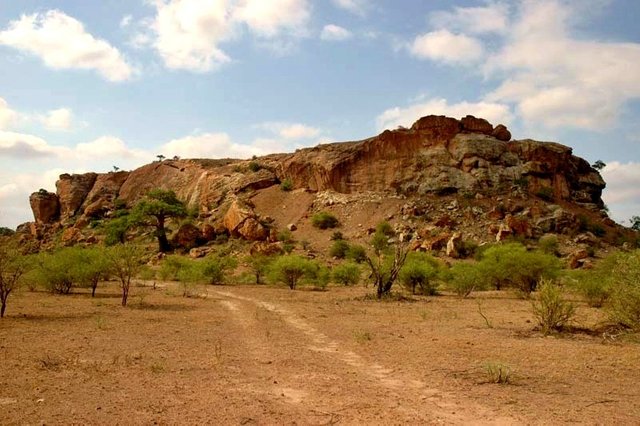
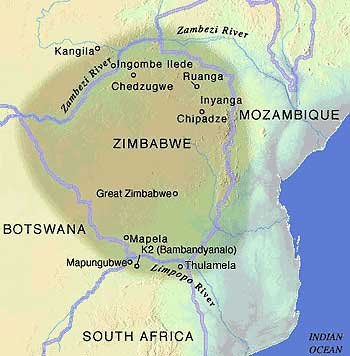
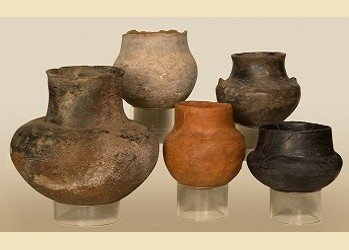
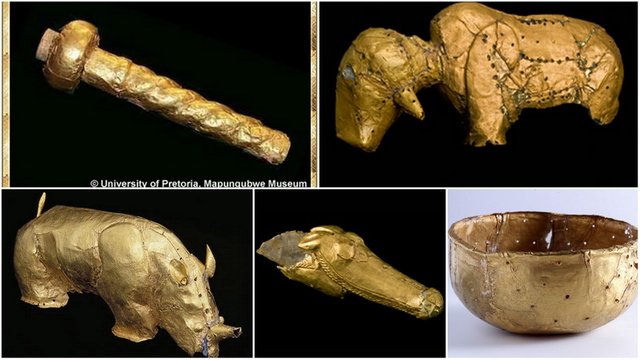
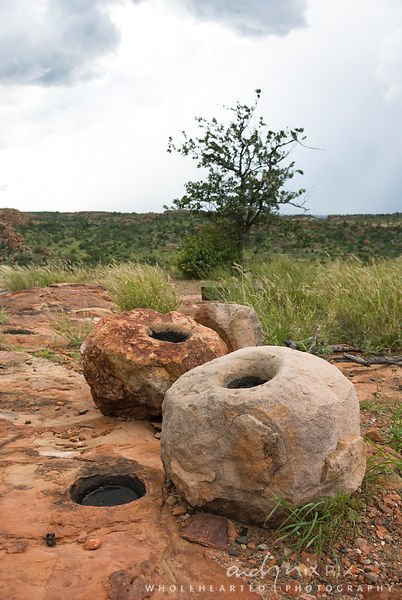
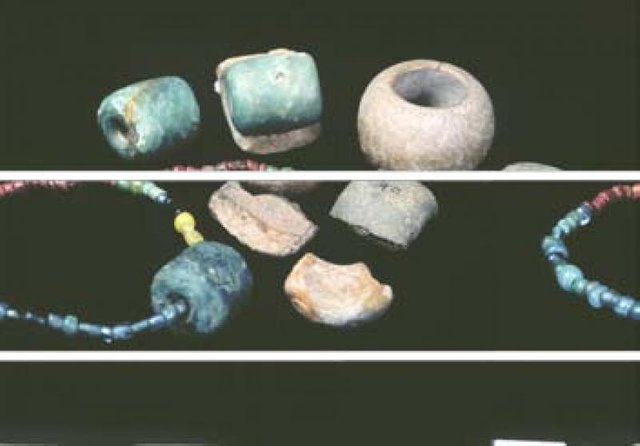

And l enjoyed reading this l can speak shona so well
Thank you:)
How I love coming across theses precious little anthropological articles!
They cover loads, in spite of their small size. Great job again, thank you.
Namaste :)
Namaste @eric-boucher
Thank you so much my dear friend.
Prem Namaste:)
It is my pleasure, namaste :)
And now come the bigger pieces :D
The most amazing thing is IMO, to see how humans appear, disappear, etc... and the nature stays...
Hi @lemouth:)
I finally have reached that point:)
Is it amazing that from nature that these civilizations have thrived and it is back to nature that they disappear in time waiting for a curious individual to discover :)
And we are the next on the list concerning disappearing, I guess... :/
It seems to be a very exciting series! Good luck!
Thank you:)
Ooo what a blast!
So you answered some of my questions in this post!
Such as whether the leaders at K2 controlled an army!
Much greater bird's eye view of the global situation!
Hard to imagine that they had goods that came from Song Dynasty all the way in South Africa!
Incredible! Human beings really love trading and communicating lol!
Wow this topic is so fascinating, can't wait for the next posts!
Reading your articles is like drinking water from the sea, you're giving me an insatiable thirst for more knowledge lol! With each article I read I feel like I know less than I did before reading
Keep em comin' fam ! x)
Hi @imp.unity
It what makes the world go round. (lol)
Thank you for taking the time to read and support my posts. I truly appreciate it:)
You're most welcome, it would be a shame if these went unappreciated!
This is obviously University Grade Master Thesis content that you are providing foooorrrrr freeeeeee
I doubt I'd ever take out a loan to sit an anthropology class, but I'm frickin' grateful that @Zest is here to fill the market's desire for peer-to-peer cryptofunded anthropology classes!
Love you man!
I love this article !!!! so beautiful. thanks and congratulations my friend
Thank you:)
Hi zest please do check out my post i am posting on the atmosphere and nice post 😊
Thank you:)
I think I’ve heard about the Shona, but not sure if it’s the same. Heard a little about their decent from the ancient Zimbabwe and southern Mozambique. I really hope I’m not mixing up things here. :)
Do these ones speak the bantu language?